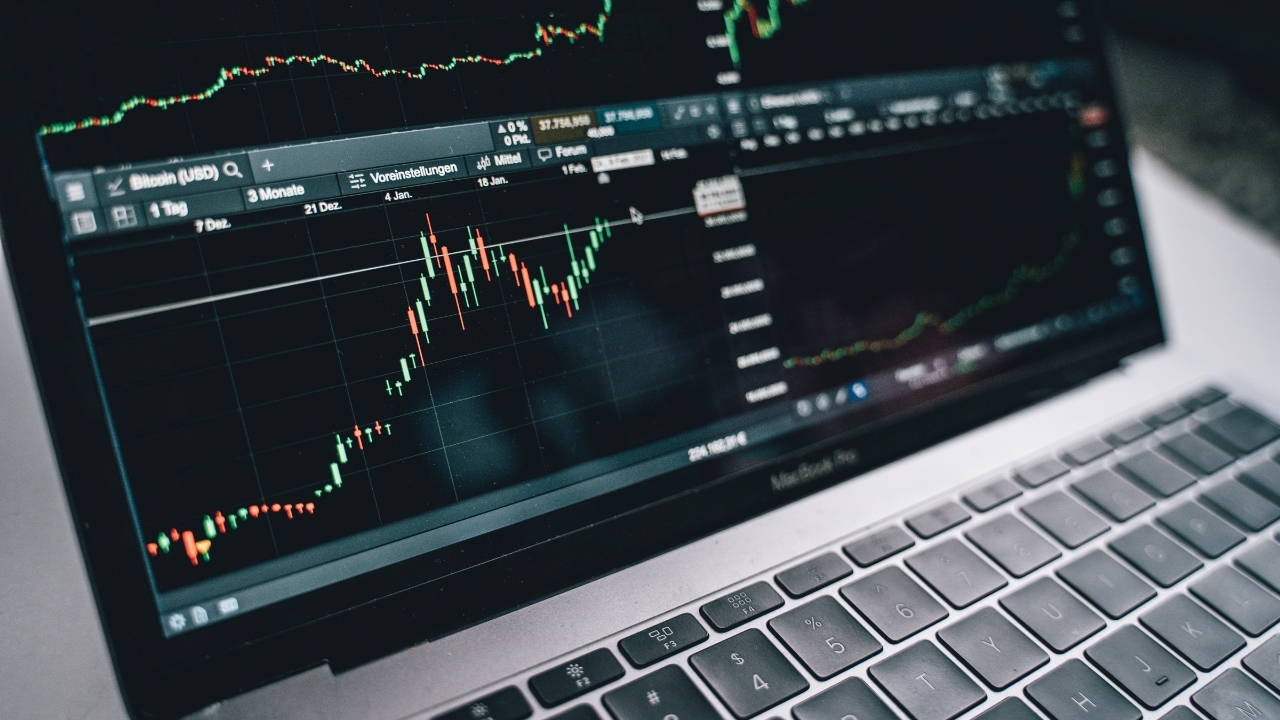
The COVID-19 pandemic shook the global economy—and with it, the financial markets. But beyond the stock prices, interest rates, and economic indicators, one area of finance quietly underwent a massive transformation: news-based trading. This shift not only reshaped how traders react to information but also how news itself is consumed, interpreted, and acted upon.
At AlphaFeed, we've closely tracked how trading behavior evolved since the first wave of lockdowns. In this article, we'll dive deep into the impact of the pandemic on trading news strategies, the rise of real-time data dependency, and how traders now navigate the post-COVID information landscape.
What is News-Based Trading?
Before we dissect the changes, let’s clarify what news-based trading actually means.
News-based trading is a strategy where traders make decisions based on market-moving headlines, economic data releases, central bank commentary, or geopolitical developments. It hinges on being first to act on fresh information and correctly anticipating the market’s reaction.
Pre-Pandemic Trading: A Slower Information Flow
Before the pandemic, market-moving news followed a relatively predictable cycle:
Economic calendars with scheduled releases (like Non-Farm Payrolls).
Press conferences from central banks.
Earnings announcements during known seasons.
Macro news delivered through major outlets like Bloomberg or Reuters.
Traders had time—albeit limited—to read, react, and reposition. Algorithms played a role, but the human edge still mattered.
The COVID Catalyst: Accelerated Information Velocity
Once the pandemic hit, everything changed.
Suddenly, the market was reacting not just to traditional financial news but to:
Infection rates by region.
Vaccine trial updates.
Lockdown announcements.
Stimulus package rumors.
Tweets from global leaders.
Speed became survival. Trading news in 2020 and beyond was no longer just about earnings or GDP reports—it was about staying ahead of breaking developments in real time. At AlphaFeed, we saw a sharp rise in demand for ultra-low-latency news delivery, even among retail traders.
The Rise of Alternative News Sources
Traditional outlets were too slow for many traders. Instead, they turned to:
Twitter/X threads from health officials and economists.
Live YouTube press briefings.
Telegram and Discord trading communities.
Data aggregators like AlphaFeed that curate real-time macroeconomic events.
This change redefined what counts as “market-relevant news.”
Increased Volatility and Opportunity
The pandemic-induced uncertainty led to hyper-volatility in both equity and forex markets. A single headline could swing currencies by hundreds of pips or wipe out days of gains in an index.
While risky, this environment also created massive opportunity for news traders—especially those using tools like AlphaFeed that prioritized speed and accuracy.
Algorithmic Trading Meets News Flow
One of the most profound changes was the blending of AI and news-based trading. During the pandemic:
More hedge funds deployed natural language processing (NLP) to scan news headlines instantly.
Retail platforms began incorporating AI sentiment scores.
Bots were programmed to trade off sentiment changes and keyword triggers like “stimulus,” “Fed hike,” or “lockdown.”
Traders without automation struggled to compete unless they partnered with platforms like AlphaFeed that provided filtered, actionable trading news alerts.
New Market Hours and Global Impacts
COVID-19 blurred time zones and trading hours. With global markets reacting to developments 24/7, the traditional “open/close” mindset eroded.
Now, traders must stay plugged into a constant stream of global updates—from Asia’s vaccine news to U.S. jobless claims—making news-based trading more complex but also more rewarding for the prepared.
Retail Traders Step Up
Another seismic shift? The surge in retail traders. Lockdowns gave millions time and access to platforms like Robinhood or MetaTrader.
With limited experience, many relied on trading news headlines to guide their decisions. This led to:
Herd behavior around viral headlines.
Short-term spikes based on rumor instead of fundamentals.
The need for curated, trustworthy newsfeeds—something AlphaFeed quickly adapted to deliver.
Fake News and Information Risk
With the explosion of informal sources came a new problem: disinformation.
Traders often acted on viral tweets or unverified media, leading to false breakouts or bad entries. This forced serious news traders to:
Double-check sources.
Use verified platforms like AlphaFeed that fact-check in real time.
Build stricter filters for what qualifies as tradable news.
Post-Pandemic: Permanent Changes in Strategy
We’re now in a post-COVID world, but the DNA of news-based trading has permanently evolved:
Traders demand more real-time access to non-traditional news.
The speed of reaction now often trumps the depth of analysis.
There’s a growing dependence on tools that curate and interpret news instantly.
Platforms like AlphaFeed have moved from being "nice-to-have" to essential infrastructure for serious traders.
The Human-AI Hybrid Future
Looking ahead, the best results will likely come from hybrid models:
Human intuition for macro context and risk management.
AI for speed, filtering, and sentiment analysis.
Trusted platforms for verified, real-time trading news delivery.
This blended approach is already shaping the next generation of traders—and AlphaFeed is building toward that future.
Conclusion: Adapt or Fall Behind
The pandemic didn’t just rattle markets—it reprogrammed how traders interact with news. From real-time social media monitoring to machine-driven sentiment analysis, the landscape of news-based trading is now faster, more data-rich, and more competitive than ever.
